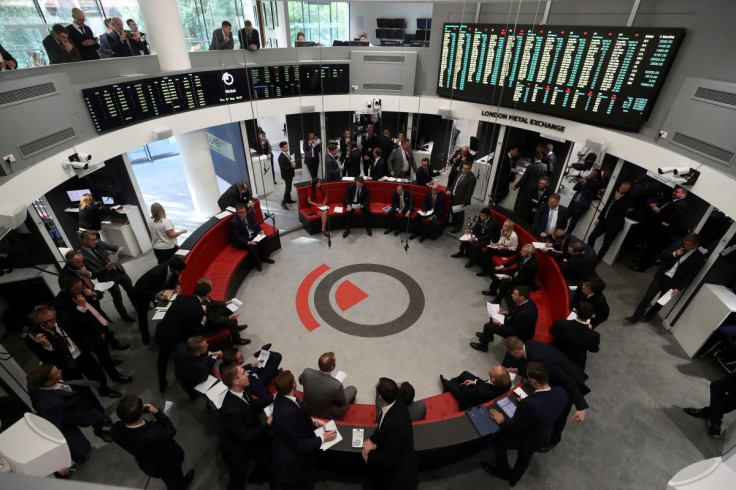Russian Copper Builds Up In LME Warehouses -sources

Significant volumes of unwanted Russian-origin copper have been deposited in London Metal Exchange approved warehouses in Germany, the Netherlands and Taiwan since the middle of September, two sources familiar with the matter said.
Western countries imposed sanctions on Russian banks and wealthy individuals connected to President Vladimir Putin after Russia invaded Ukraine, in what Moscow calls a "special military operation", but so far there are no restrictions on its metals.
Despite this, several industry sources have told Reuters that some consumers have been rejecting Russian copper, which is being delivered to warehouses connected to the LME, effectively a market of last resort for producers and consumers.
"Many consumers, not all, don't want Russian copper," one of the sources familiar with the matter said, adding: "Either they are self-sanctioning or their customers are saying they don't want Russian copper in their products".
Russia produced 920,000 tonnes of refined copper last year, about 3.5% of the world total, according to the U.S. Geological Survey. Copper is used in the power and construction industries.
Since Sept. 15, copper stocks in LME warehouses in Rotterdam, Hamburg and Kaohsiung at 14,800 tonnes, 24,825 tonnes and 22,800 tonnes have climbed 225%, 153% and 26% respectively, LME data shows.
Reuters could not establish which companies own the copper which has been deposited in LME warehouses.
Overall, LME copper stocks are up more than 40% since Sept. 15 at 145,525 tonnes. The numbers are low compared with global refined production at 25 million tonnes this year, but the two sources said if the trend continues and most of the copper in LME warehouses is Russian, the exchange may have a problem.
The LME declined to comment.
The world's largest and oldest market for trading industrial metals last week launched a discussion paper on the possibility of banning Russian aluminium, nickel and copper from being traded and stored in its system.
"For most LME metals, the percentage of Russian compared to other jurisdiction metal has remained both stable, and relatively low," the LME said in the discussion paper.
"For copper, however, the percentage of Russian compared to non-Russian-metal has been high, peaking at over 80% in both May and August 2022," it added.
The LME said high levels of Russian metal in its network of warehouses "are not unprecedented". The historical high for copper was 95% in the third quarter of 2021, for aluminium it was 74% in late 2014 and for nickel it was 65% in early 2013.
The discussion paper published by the LME did not give an explanation for what happened when these peaks occurred.
Nornickel, one of Russia's largest copper producers, declined to comment. Ural Mining Metallurgical Company and Russian Copper Company, which also produce copper in Russia did not respond to requests for comment.

© Copyright Thomson Reuters 2024. All rights reserved.











